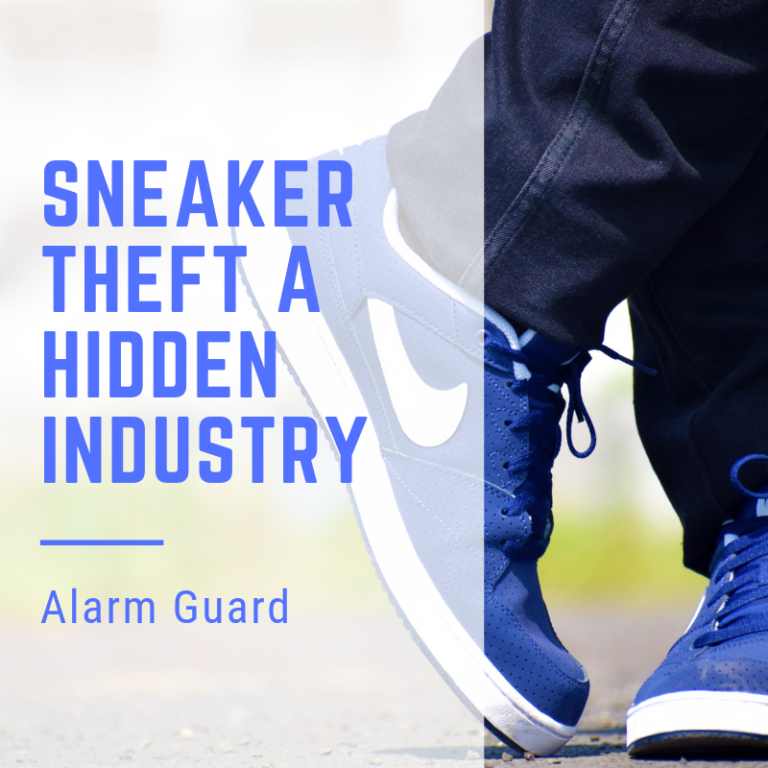How Fake Burglary Reports are Uncovered
A home burglary is one of the most traumatic and difficult situations a family can face. Aside from the obvious financial loss, many victims suffer most from the deep psychological impact of having their once-safe haven encroached upon by a cruel stranger. It’s a challenging situation, even with small-scale thefts. Because break-ins are shockingly common and occur every minute-and-a-half, police, insurance agents and other officials deal with multiple incidents every single day. Between teary interviews and detailed accounts of missing items, these professionals develop a keen sense of understanding about these crimes – and when someone is faking it.
Much of the most widespread knowledge about burglaries is learned from movies and is utterly false. For instance, while a blockbuster commonly shows stealth teams quietly entering a property under a cloak of darkness while the residents are asleep, in real life these crimes overwhelmingly take place during the day. Why? Because most neighborhoods are empty during the middle of a weekday when occupants are at home or school. As such, the first tip-off for a detective when determining the validity of the crime is how realistic the conditions are.
Thieves who target a particular home are seeking very specific items. While a person’s flat-screen 4K TV or stereo might be worth thousands, they’re also heavy and large – two factors that dissuade burglars. Although the area might be quiet during their crime, they wouldn’t risk leaving a property with a bulky item, only to be stopped by a curious neighbor. Portable valuables like cash, jewelry, and smartphones are the most sought-after items due to a small size and high price tag.
Although insurance policies are made at the time of purchase, homeowners often forget to update them after significant buys. However, keep in mind that these individuals have an overall view of an owner’s financial situation, including their income. If someone claims a valuable painting, a pile of cash or multiple smartphones with a tiny paycheque, expect suspicion to spread.
If a homeowner claims a particularly expensive belonging was taken, such as a costly piece of jewelry, they should assume that a police officer and insurance reviewer will ask for a receipt or other proof of purchase. It’s rare that possession of significant value will be replaced with no concrete proof.
If at first, you don’t succeed, don’t try again. Any investigators will check on a person’s history to confirm if they’ve run the same scam in the past. Although break-ins are common, anyone with regular reports will be scrutinized very closely. Those who cry wolf on a consistent basis might find themselves followed by a private investigator. These spies are sometimes used by insurance companies who fear they’ve been conned.
More and more, professionals are checking the social media accounts of clients. Many users have a detailed record of property photos and purchases on their timeline. Some crooks are even naive enough to boast about their crime online.
Regardless, seasoned authorities have a strong knowledge of these unfortunate events. It’s unlikely any well-rehearsed story or outlandish tale will convince them if it’s not the truth.









